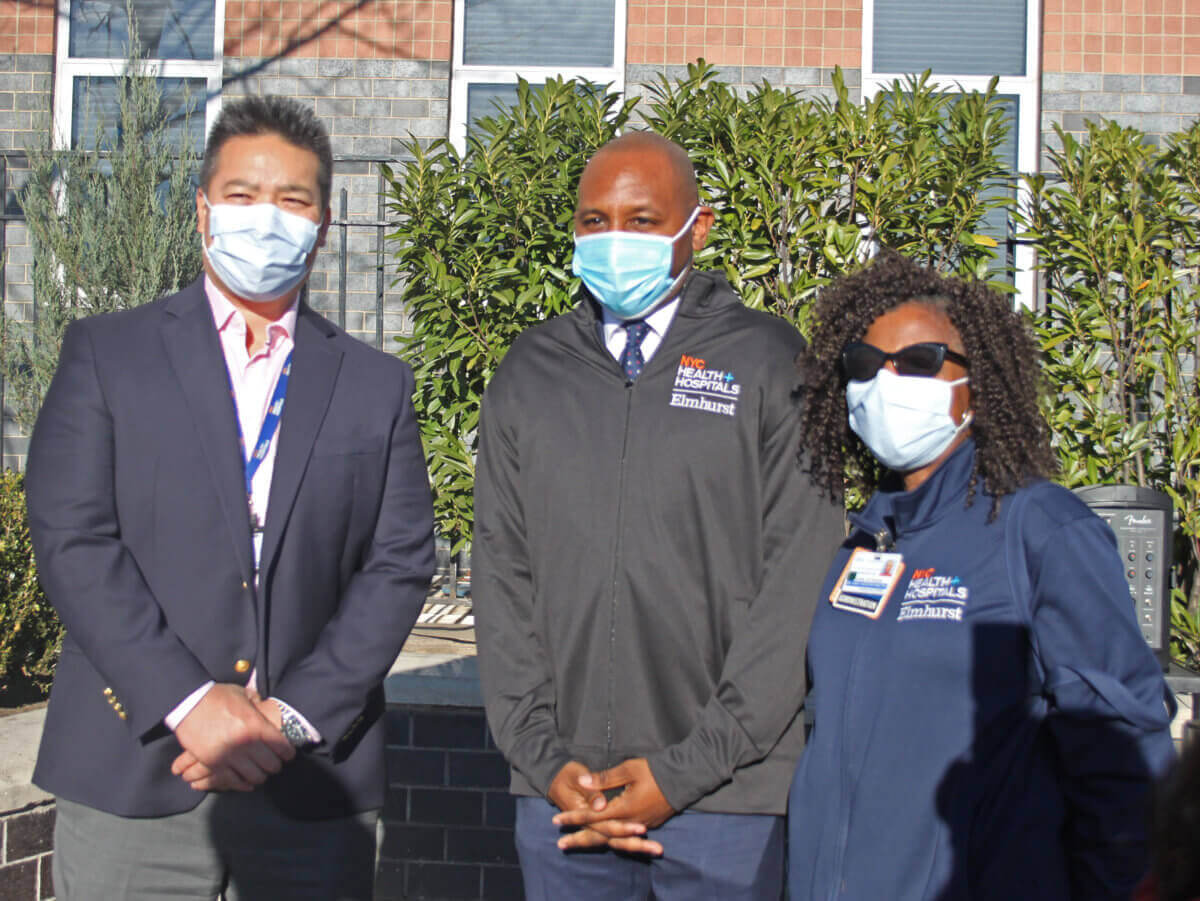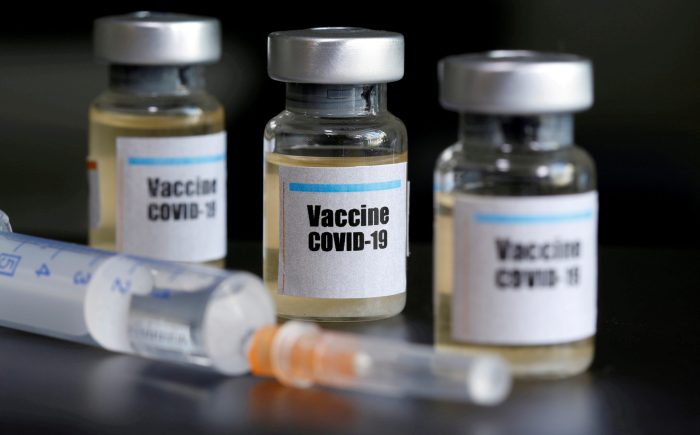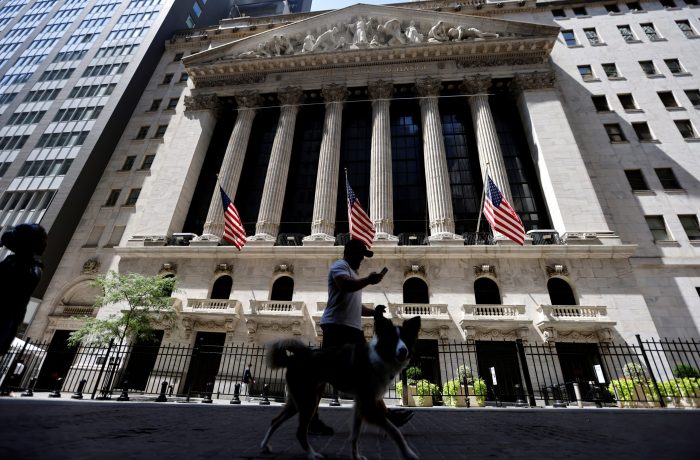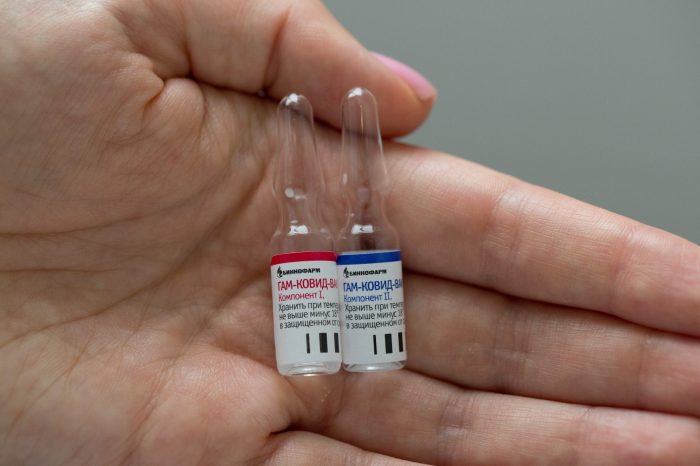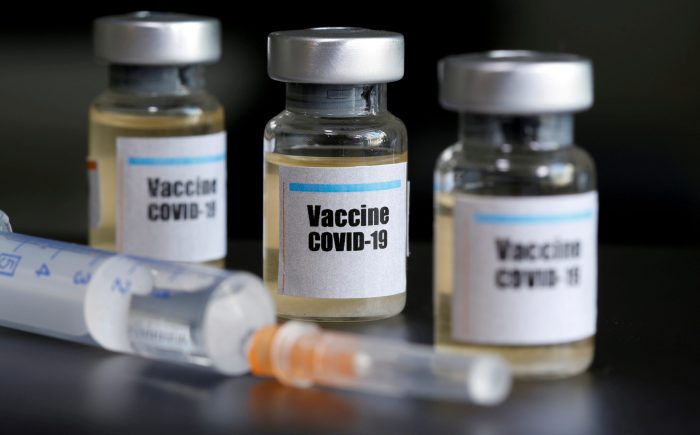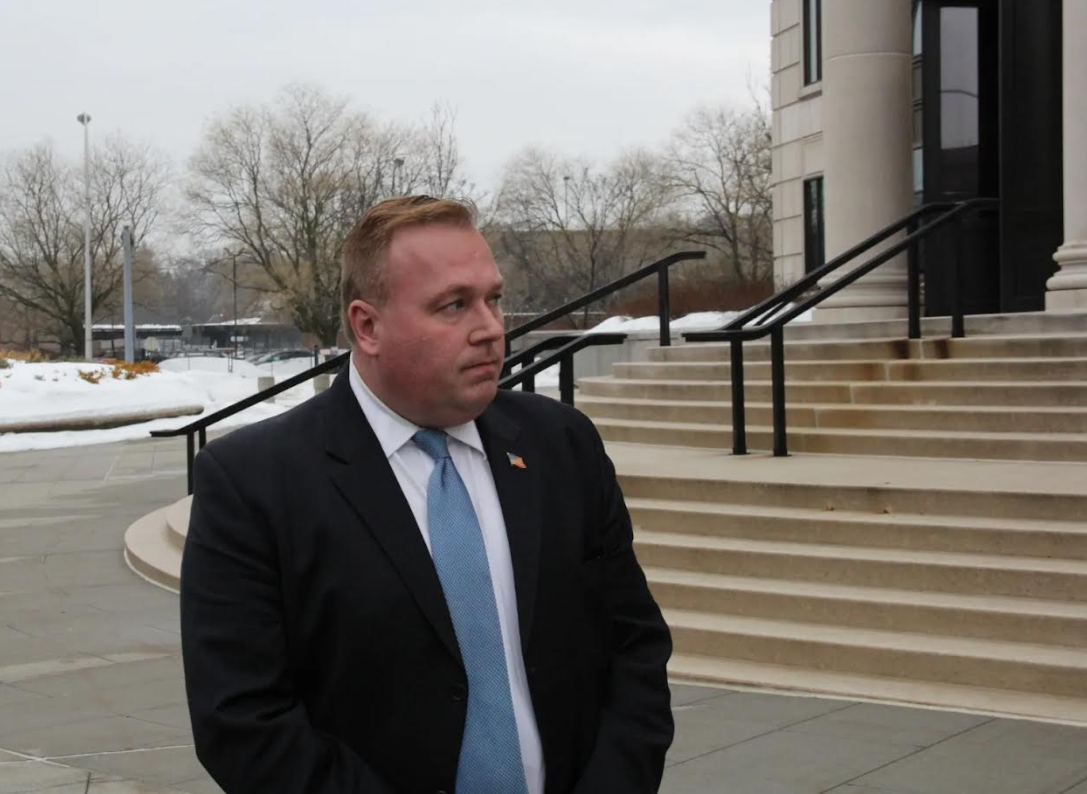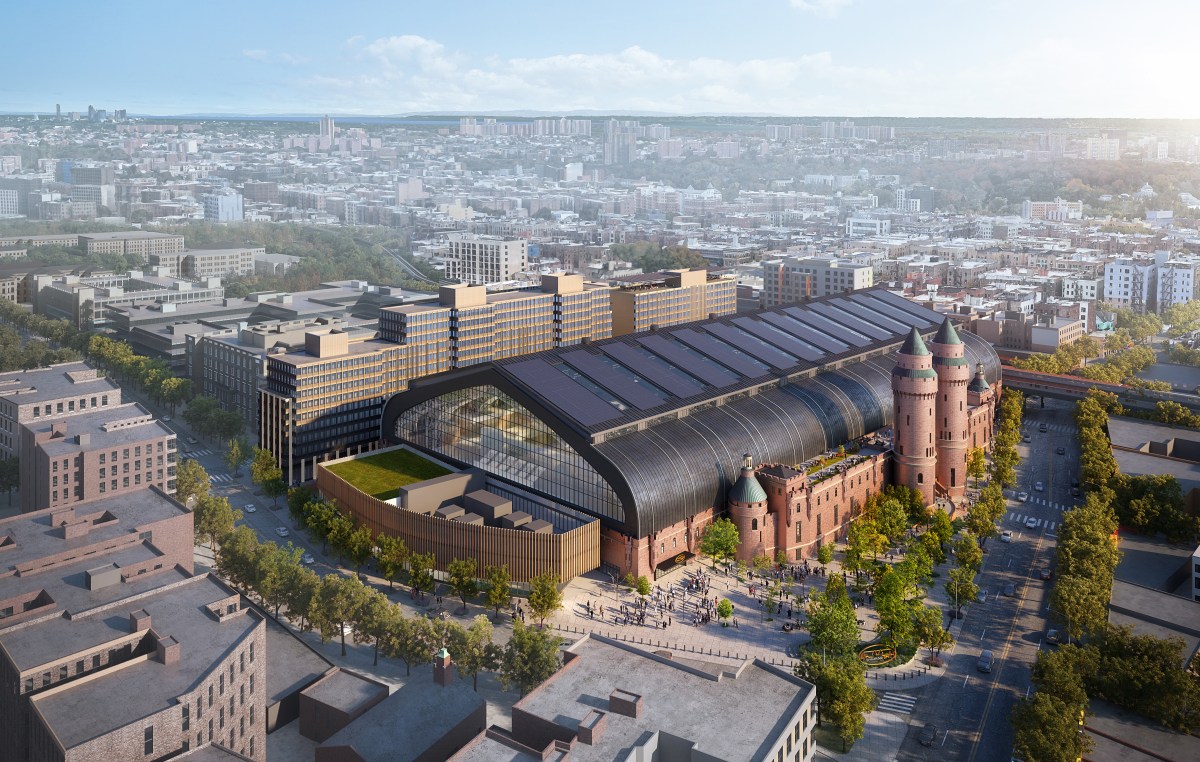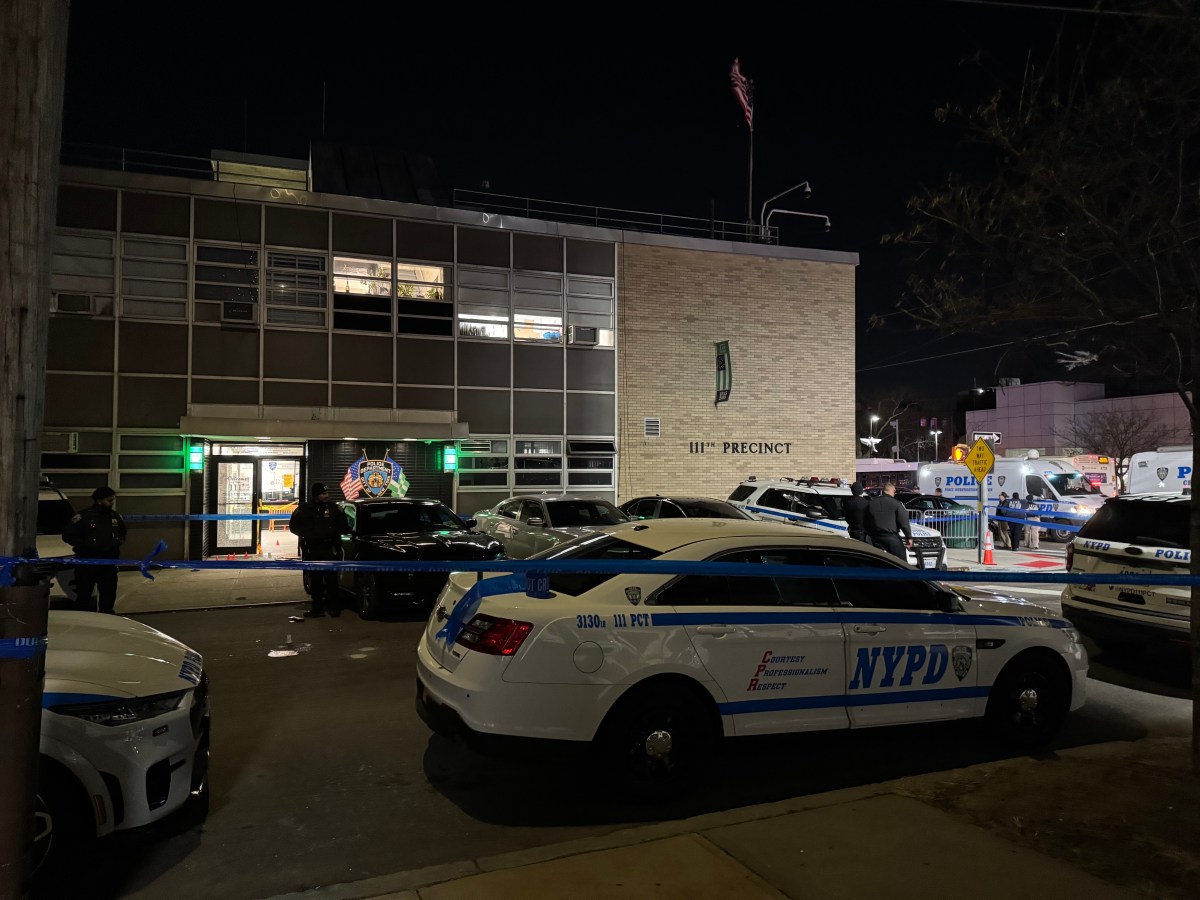The newly sworn-in Queens Borough President Donovan Richards hit the ground running with a tour of the borough’s hospitals, making Elmhurst Hospital his third stop on Dec. 10.
The former southeast Queens councilman has visited three hospitals in the past 24 hours, including Queens Hospital Center and St. John’s Episcopal Hospital, to get a better sense of where the borough’s needs are amid a recent uptick of COVID-19 cases.
Richards added that he is calling on Governor Andrew Cuomo and Mayor Bill de Blasio to prioritize Queens when it comes to vaccine distribution.
“I’m urging the public to get vaccinated, I am not gonna lead from the rear, I’m gonna lead from the front on this one,” said Richards. “I know that there’s a lot of concern and a lot of fear around what that vaccine will do to you, but it is critical for us to get back to some semblance of normalcy — once again, as we look at our health care workers and we thank them — that we also take personal responsibility and look out not just for them, but our neighbors, our family members, our children.”
He added that within a few days, Elmhurst Hospital will begin administering the vaccine.
New York City reached a 5.32% positivity rate for COVID-19 tests on Thursday, Dec. 10. While parts of southern Brooklyn and Staten Island currently lead the city with rising COVID-19 infection rates, some neighborhoods in Queens that have surpassed the city’s overall average include Elmhurst (11373, at 8.26%), Corona (11368, at 7.36%), Woodhaven (11421, at 8.44%), and Richmond Hill/South Ozone Park (11419, at 10.48%), according to the city’s latest data.
On Dec. 10, Richards was welcomed by interim CEO of Elmhurst Hospital Eric Wei as well as several doctors and administrators of what became “the epicenter of the epicenter” of the pandemic back in March and April.
“I think there were a lot of lessons from March and April, at the height of the pandemic, and they’re much better prepared,” Richards told QNS. “They’re not at capacity, but preparation means being ready, so the best way to ensure that a plan is successful is to be ahead of the game. All of our institutions thus far are ahead of the game — but still worried about seeing that surge. No one wants to be back where they were in March or April.”
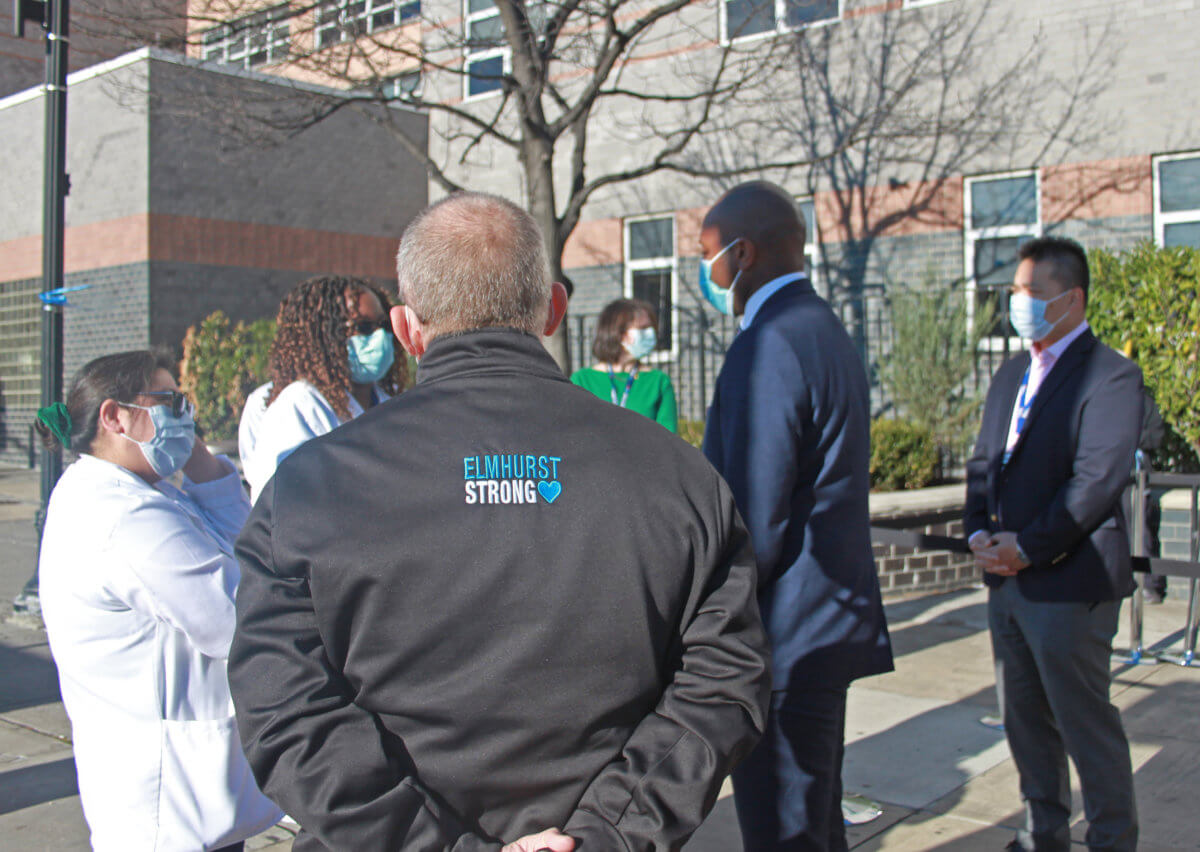
While addressing the small group of health care professionals, Richards thanked them for their ongoing bravery and sacrifices. He remembered Priscilla Carrow, a coordinating manager at Elmhurst Hospital and well known community member who passed away in March due to COVID-19.
“Someone who we lost in this pandemic, someone who gave it all, who [did] so much for me in my personal life. Who kept this hospital running, who kept people fed. Who looked out for people, even during their most vulnerable moments. We lost her, we remember her, we love you [and] we miss you,” said Richards. “But we know you would want us to carry on the work that you started. And that’s why I’m here today.”
Richards said his administration’s top priority will be investing in health care.
Queens has only nine hospitals, and the fewest hospital beds per capita when compared to the other four boroughs, with 1.66 beds per 1,000 people, according to a report by the Queens Borough President’s office.
“There’s ample opportunity as this borough grows, as we look at land use, there should certainly be a strategic plan in place by the city to make sure there’s community facilities space that health care is prioritized in those spaces,” said Richards. “With a multi-pronged strategy we actually can see health care, and more quality health care in the borough.”
As the borough’s infection rate rises, Richards said it’s important for community members to wear masks, social distance and stop gatherings.
“We owe it [to them] to not just clap for our health care workers, but to also be responsible to remember that these are folks who have to go home to their loved ones and want to go home to their loved ones, and they deserve our respect and greatest debt of gratitude for all they have done,” said Richards.
Today, @QnsBPRichards visited Elmhurst Hospital to meet with staff of what became the epicenter of the epicenter in March. He recognized Priscilla Carrow, a coordinating manager at Elmhurst who passed away from COVID.
“We’re gonna make health care the highest priority.” pic.twitter.com/GlhouL6P9I
— Angélica M. Acevedo (@angacevedo15) December 10, 2020
Wei said that while the hospital is “busy,” it’s nothing compared to the spring yet. He said that while the number of their COVID patients is rising, it’s doing so in a linear way that allows them to implement their step-by-step surge plan — which is “good and bad news for us.”
“We’re very well prepared, we’re implementing our plans, we still have a lot of non-COVID patients,” said Wei. “We’ve never stopped preparing, never stopped procuring equipments, supplies, staff, and training our staff on things you need for COVID like dialysis and ICU care. So we feel like we’re in a good place. The staff are feeling a little bit of the ‘here we go again, can we do this again,’ but it’s always a passing moment. Yes we can, because we’re Elmhurst strong.”



